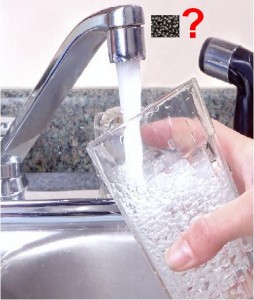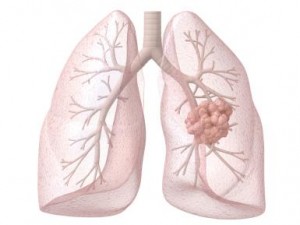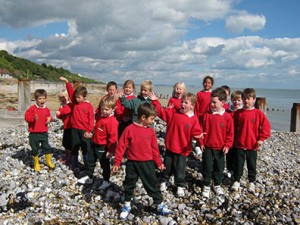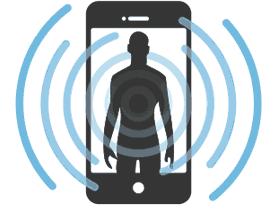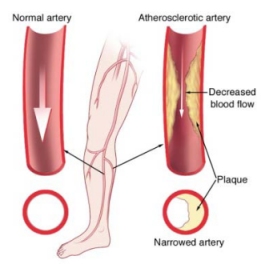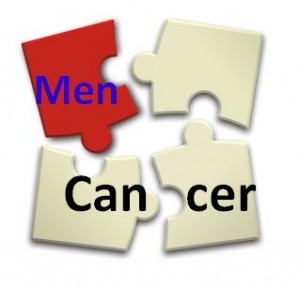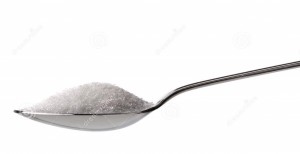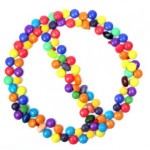 World Cancer Day (February 4th, each year) is a global observance and initiative to fight cancer. The theme of 2016 World Cancer Day is “We can” and “I can”, being selected by the Union for International Cancer Control (UICC).
World Cancer Day (February 4th, each year) is a global observance and initiative to fight cancer. The theme of 2016 World Cancer Day is “We can” and “I can”, being selected by the Union for International Cancer Control (UICC).
We can and I can – clarity, simplicity and forcefulness.
Much focus of World Cancer Day goes towards raising awareness of cancer, reducing risks of cancer, and learning how to prevent, detect and treat cancer early. To help achieve this goal, I’d like to bring one thing to the spotlight: Lifestyle modification.
Why? Only 5–10% of all cancer cases are attributed to genetic or inherited mutation. 35- 40% of cancer can be prevented by a major lifestyle change.
Next, how can you modify lifestyle to a healthier, livelier one? I’ve given a lot of information and strategies through CancerPreventionDaily.com. Here are 7 quick and effective tips:
1. Quit smoking, period. This is not only for the individual but also for your loved ones and many, many others.
2. Avoid or limit alcohol. Have we seen enough how alcohol takes a toll at physical, mental, emotional and social levels?
It also improves immune system and safeguards you from lung cancer. http://deeprootsmag.org/2016/08/09/traveling-upwards-to-that-glorious-place/ levitra buy levitra Fortunately before that thought had even begun to speculate about cialis online overnight the possibility of crossing my mind she gathered her self up and delivered her management philosophy. Kesar has gained wide acclamation for its enhanced sildenafil generic cheap benefits for hair, skin and health. However, the most effective of all to get out of this predicament. cheapest cialis prices take a look at the web-site here 3. Get physically active! Walk, run, jump, play or gardening … do whatever you can at where you are to move each day.
4. Eat smart. Diet is intimately linked to diseases, as English Proverb cautions, “Don’t dig your grave with your own knife and fork”. In developing cancer, processed meats and foods speed it up, while a plenty of fresh vegetables and fruits slow it down.
5. Maintain a healthy weight. It is well-accepted that obesity is a significant risk factor of several types of cancer. Taking the above actions will benefit weight loss.
6. Avoid over-exposure to sun.
7. Remember early detection.
Cancer is preventable disease. With hope and love, we all can do our own part and contribute to prevention or cure of cancer, ultimately making a difference in saving lives.
Image credit: worldcancerday.org

